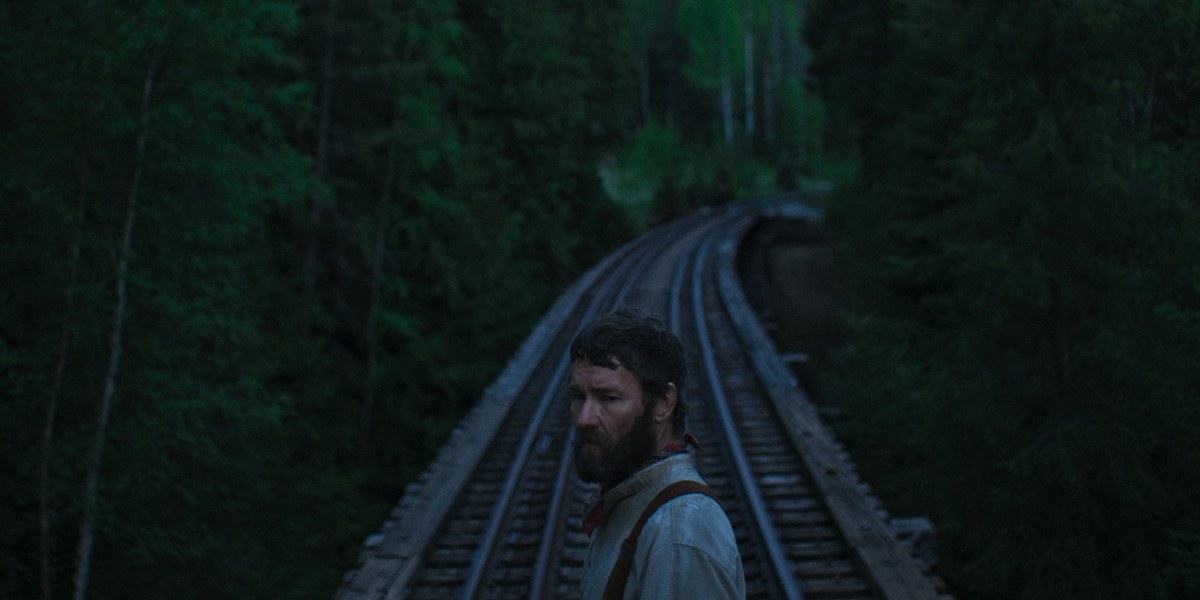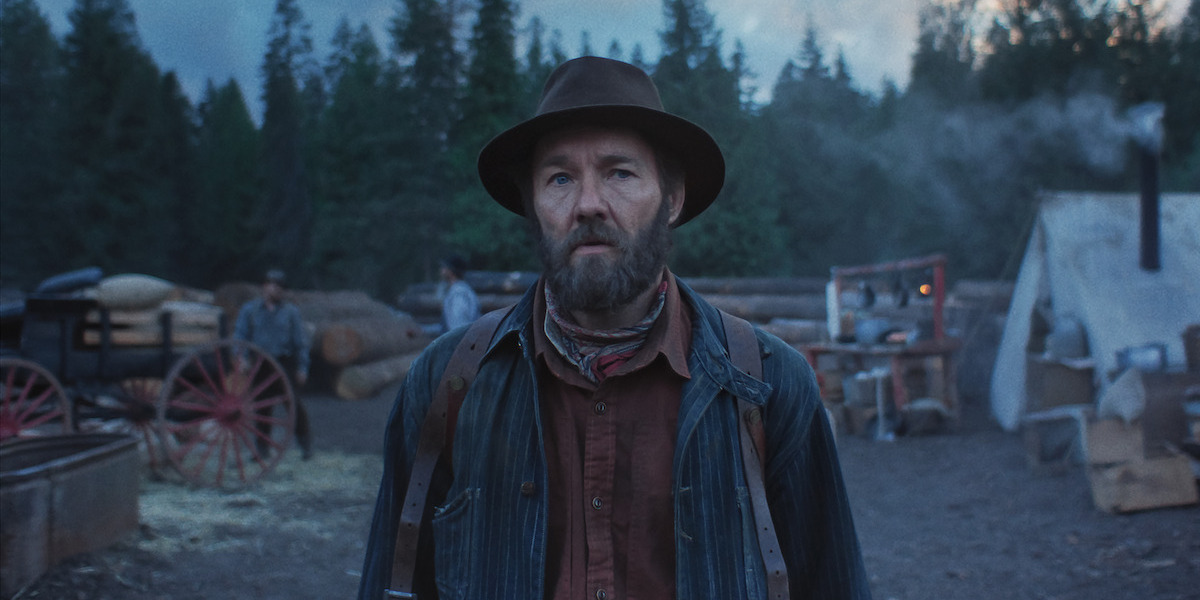The Clint Bentley film ‘Train Dreams’ charts the life story of a mundane man, Robert Grainier, who lives through the turn of the 20th century. The protagonist, a railroad worker and logger, has built a life for himself and his family, including his wife, Gladys, and daughter, Katie, in the woods around Bonners Ferry, Idaho. However, despite deeply loving his family, he has to routinely leave them behind in search of well-paying jobs, mostly logging giant trees around the country. Early in his life, the logger finds himself working on the construction of a particular sight, the Robinson Gorge Bridge. Believed to be a marvelous and historic build, the bridge’s construction site itself brings experiences that leave some eternal scars in Robert’s psyche. As a result, the bridge remains a memorable part of the character’s past even as the world’s progress leaves it behind to be a monument of the past. Naturally, this location in the period drama becomes a notable narrative addition with possible off-screen origins that are worth exploring.
The Robinson Gorge Bridge is a Fictional Element That Originated in Denis Johnson’s Novella
Even though ‘Train Dreams’ charts a grounded and intimate story that remains ripe with realism and authenticity, it largely remains a work of fiction. Rather than reality, the film’s direct source of inspiration lies in the eponymous 2011 novella by Denis. Much like the characters and the storytelling, the Robinson Gorge Bridge is also lifted from the same literary work. In real life, Robinson Gorge is not an actual place, rendering the Robinson Gorge Bridge a similarly fictitious creation. Instead, fans may be able to find a similarly titled location like the Robinson Gorge Lookout, a stunning attraction at the Expedition National Park in Queensland, Australia. Despite sharing a near-identical name, the off-screen location and the on-screen bridge have no direct connections. In fact, the latter seems to be entirely a work of Johnson’s creation. The Robinson Gorge Bridge was first introduced in the ‘Train Dreams’ novella.

In the source material, the bridge is situated in northwestern Washington, where Robert Grainier and other railroad workers are employed to repair the structure. However, in the film, this plotline and the bridge in particular are blended in with an earlier instance from Robert’s career. On-screen, the bridge becomes central to the construction site where Robert witnesses the brutal, needless, and evidence-less murder of a Chinese laborer, Fu Sheng. Over the course of the rest of the film, the latter’s ghost becomes a perpetual presence by the protagonist’s side, reminding him of the past and his own, as well as the world’s shortcomings. On the other hand, the bridge, regarded as a genius invention of its time, but one that is rendered obsolete in the near future, serves a different symbolism. Through the bridge and its visual symbolism, the narrative underlines its themes of the never-ending and ever-abandoning nature of progress. Thus, despite its fictionality, the Robinson Gorge Bridge ends up contributing to the realistic themes of the film.
Read More: Is Rivington a Real Place in Illnois? Is Infinitas Based on a Real Cult?


